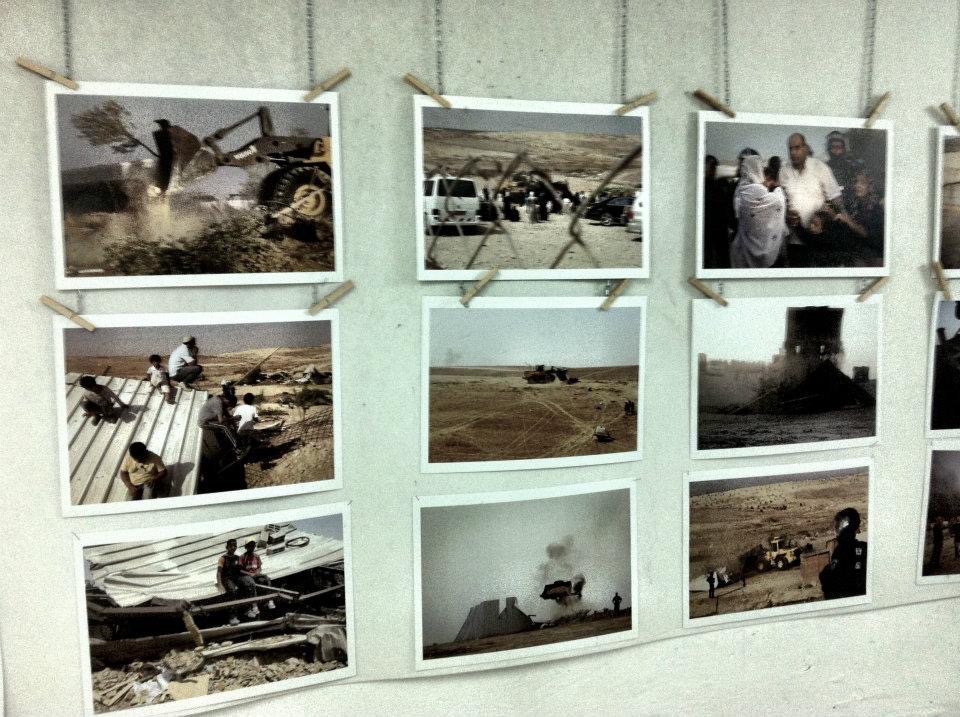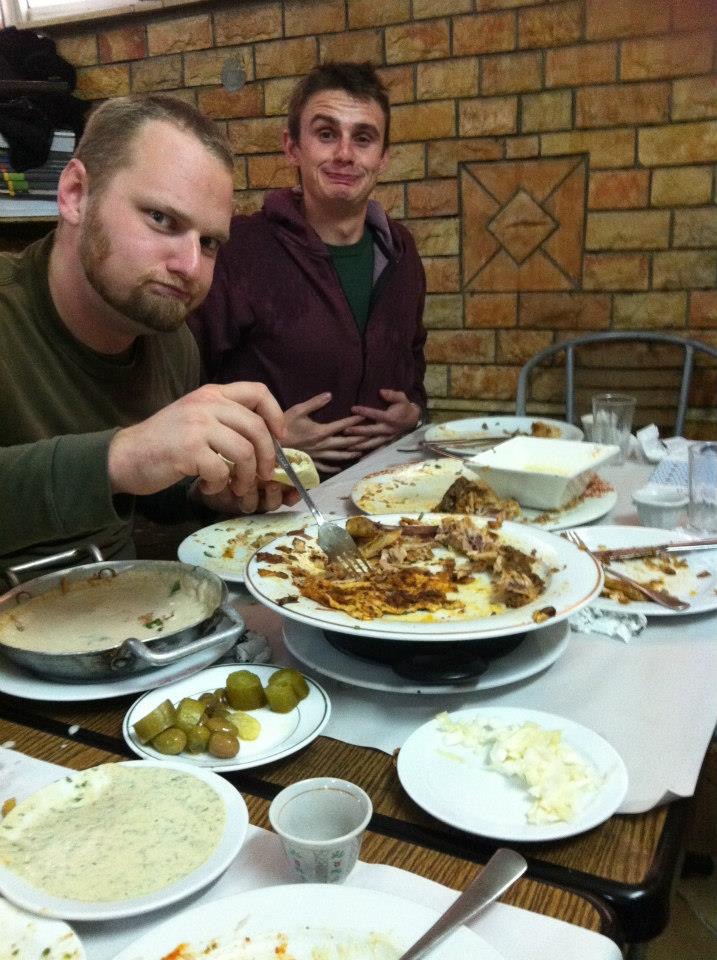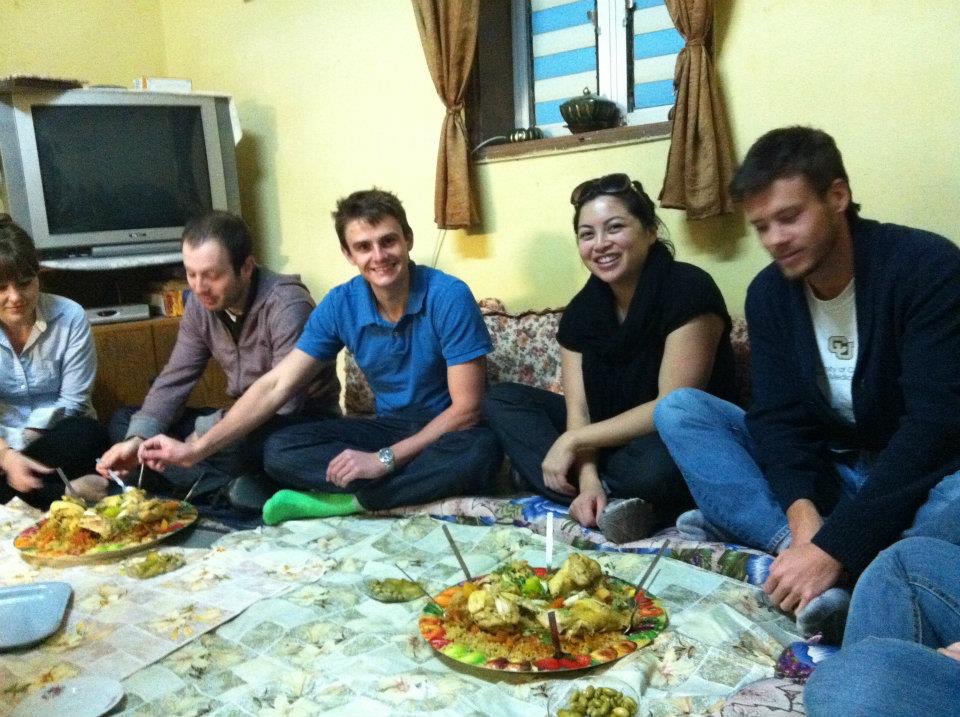
what’s gone on since the last time:
– so very much studying. it is, after all, what medical school is all about!
courses this semester include: pathology, pharmacology, physiology, epidemiology, microbiology (continued), hebrew and a dash of anthropology and history taking.
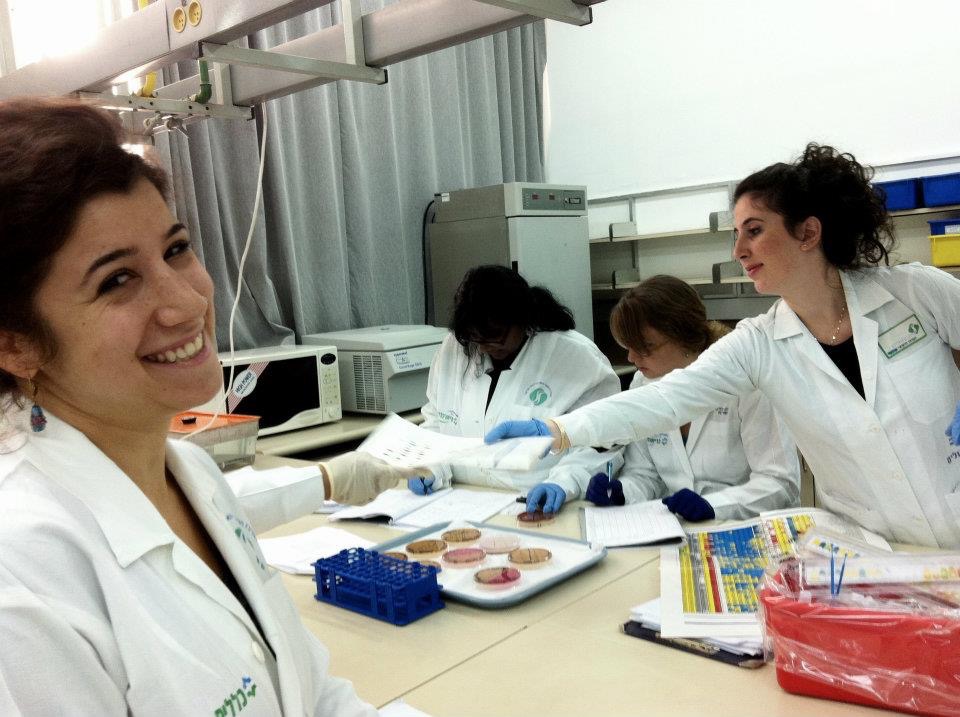
– a couple amazing thanksgiving potlucks around that time
– the cinematic event of the year: the beer sheva premiere of “twilight: breaking dawn part one!”
– a retreat to the sea of galilee with some of the other christian students at msih! we did some hiking and went to capernum and the mount of beatitudes
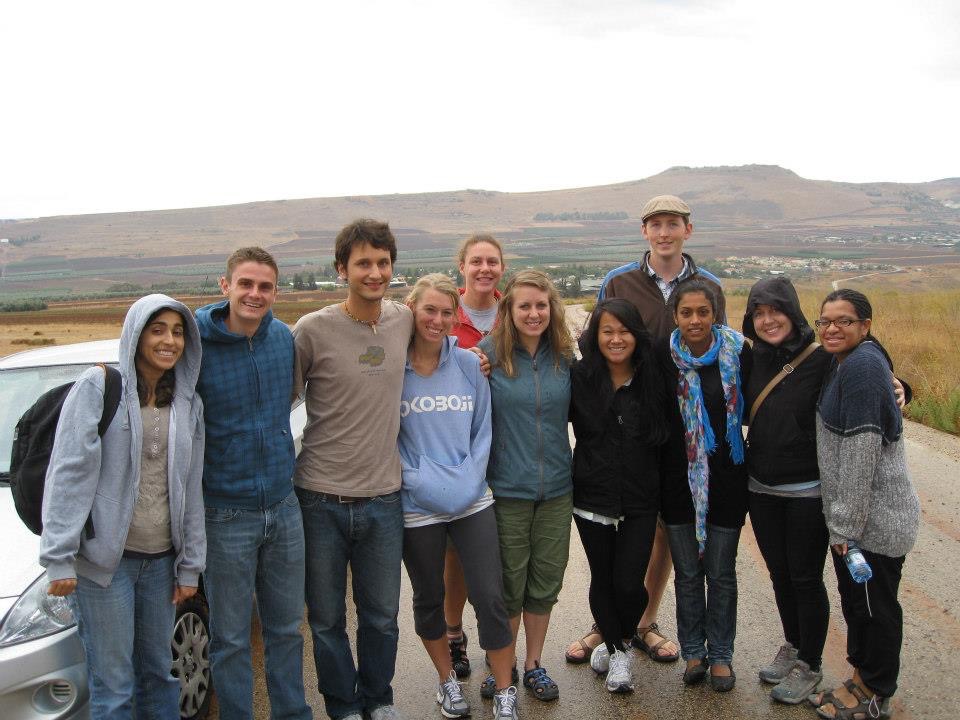
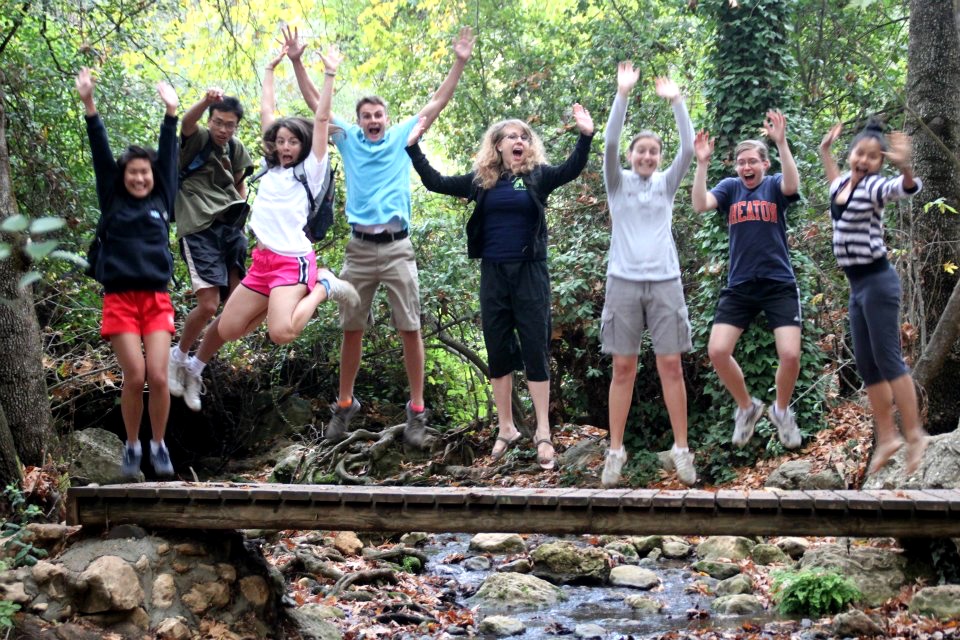
– unexpectedly frequent homemade korean cuisine fests!
– some ups and downs in the ol’ personal life
– got to go back to the usa to visit my family for christmas! houston, texas and new orleans, lousiana! i wont elaborate because traditionally this blog is only about stuff that goes down in the eastern hemisphere, but i will say that it was really nice to see my family again and there were numerous trips to walmart!
– watched the superbowl live at the local shanti bar until it finished at 5am! then got some breakfast, and went to eight hours of class the next day. gotta get ready for those 36 hour days in residency!
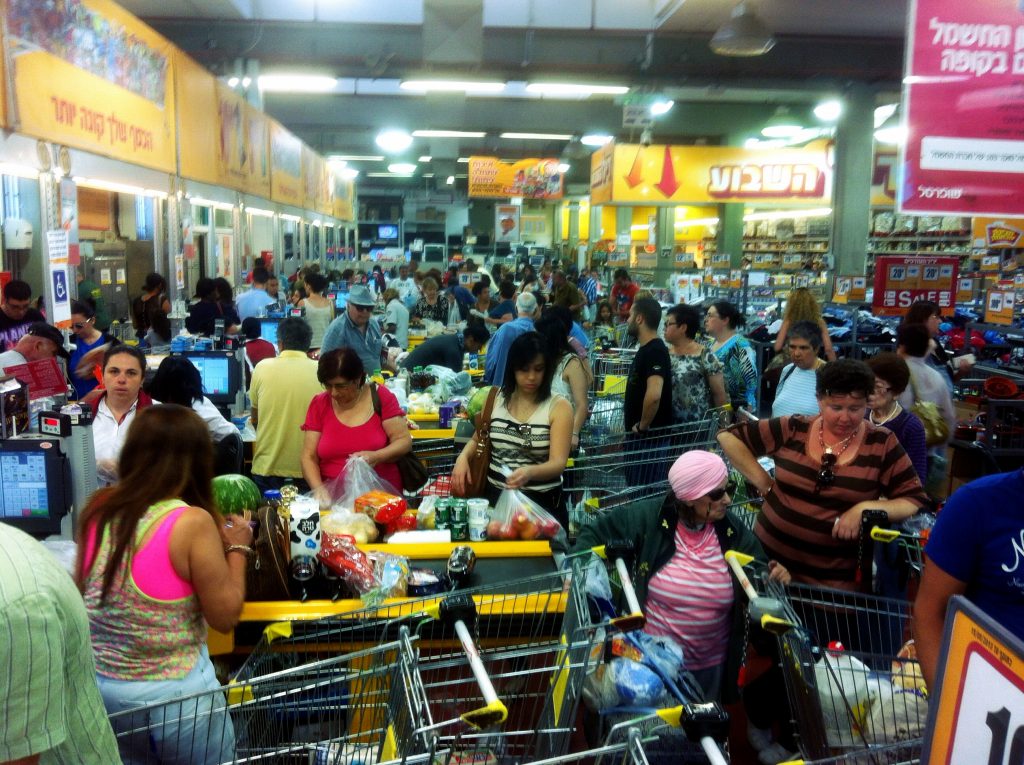
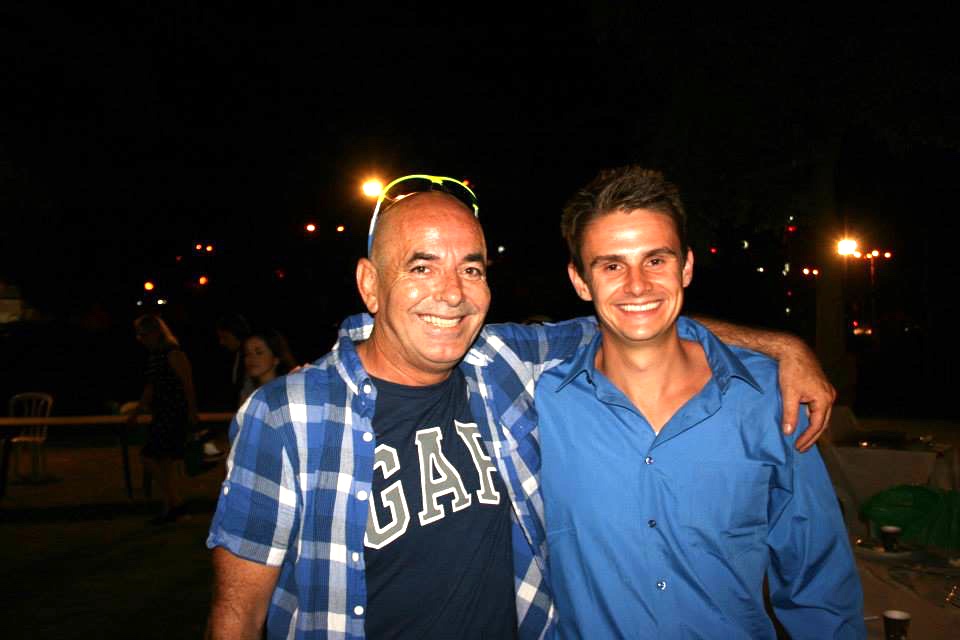
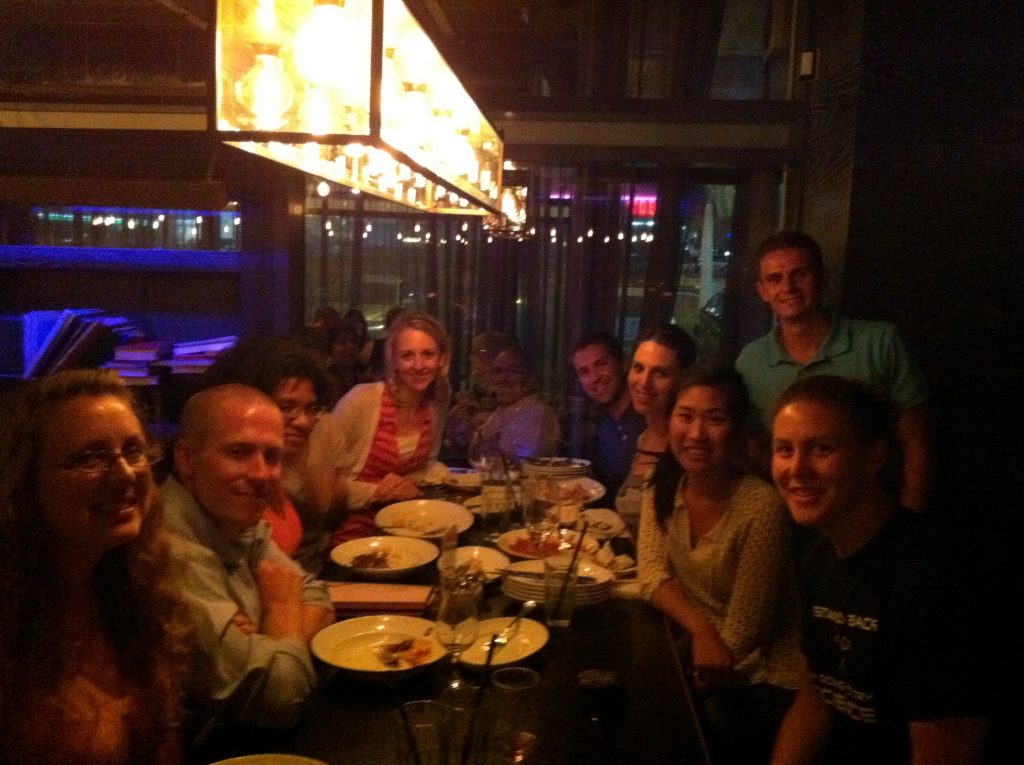
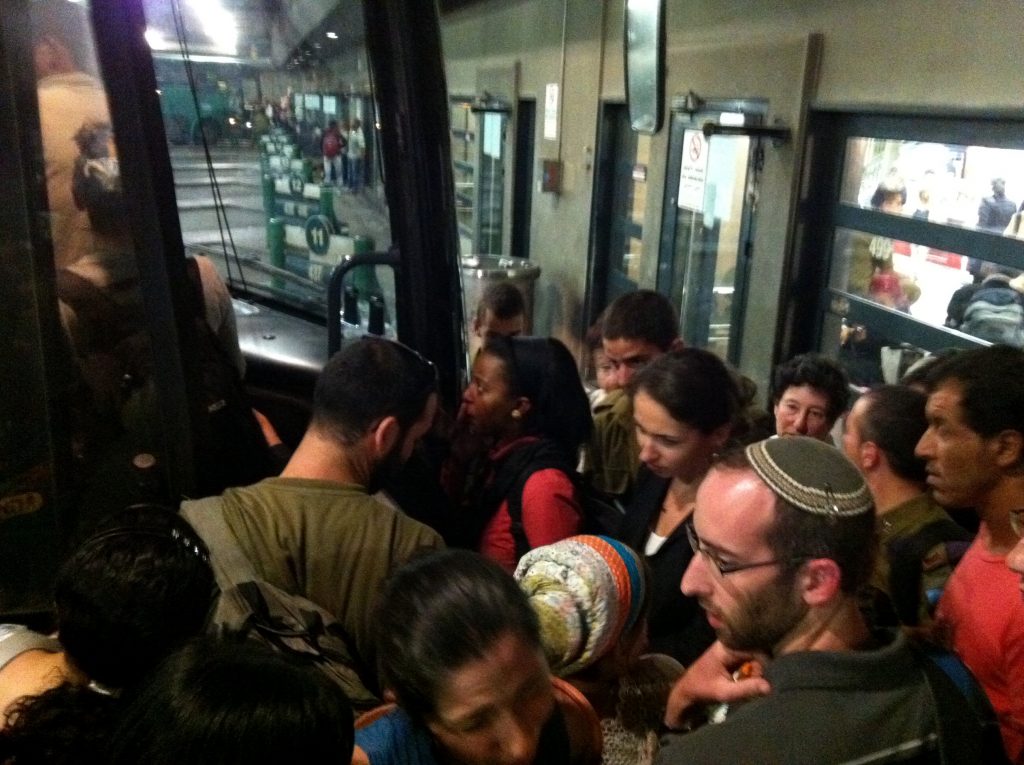
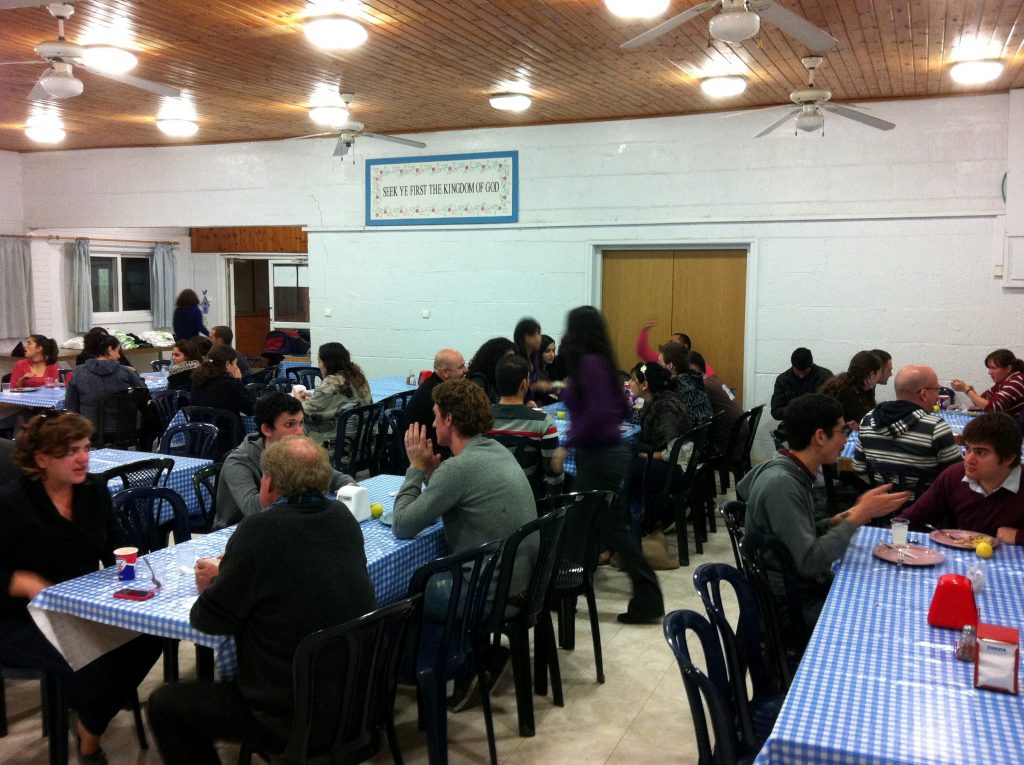
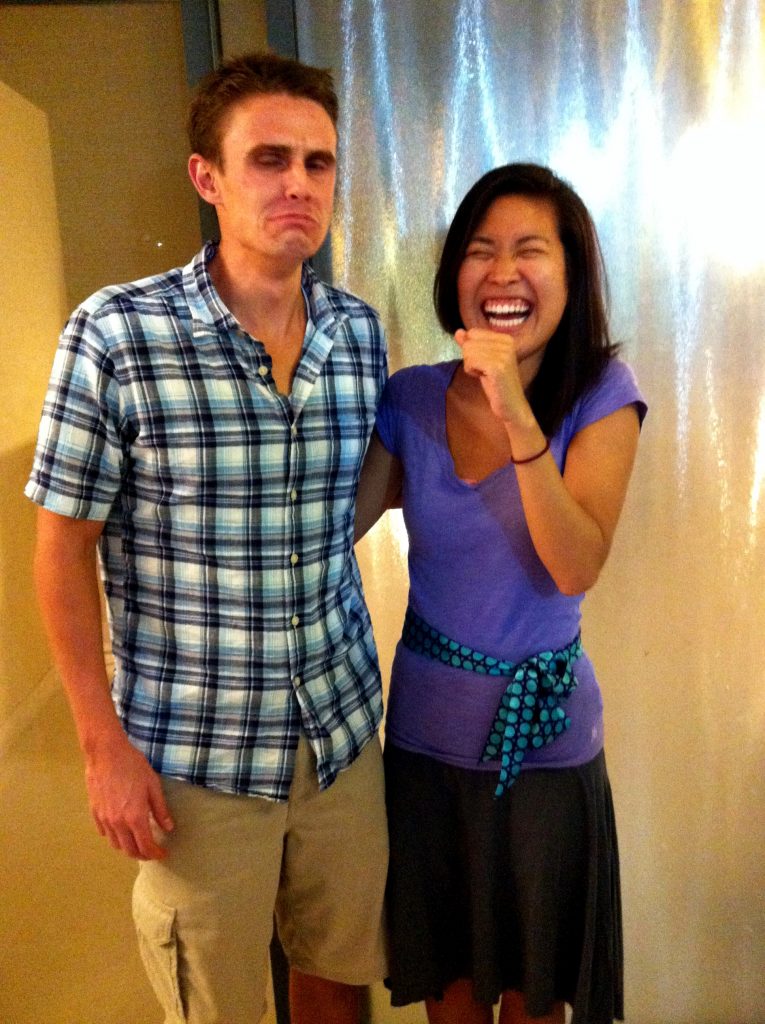
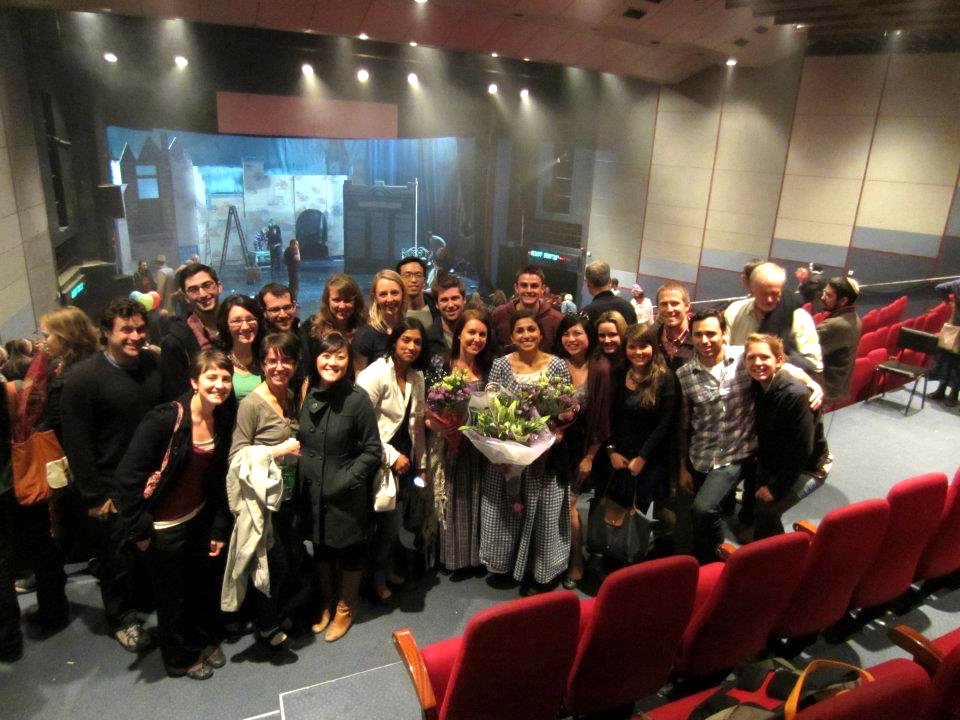
– went to jaffa (which is the historical area / rapidly gentrifying part of tel aviv) one friday to visit a clinic run by physicians for human rights – israel (phr-i). they are an ngo run completely by volunteers that provides free medical care for the migrant worker/non-jewish immigrant/refugee population in israel. there have been tens of thousands of refugees coming to israel in recent years from places like sudan and eritrea, but these people are not covered but israel’s universal healthcare coverage, have no mechanism for becoming citizens as they’re not jewish, and typically can’t legally work. its a huge, intractable problem for the government, and really sad on a personal level. these people risk their lives journeying across north africa in the hopes of making it to the “free western world” – many of them end up in protracted slavery in the sinai or even having their organs harvested at the hands of the human smugglers on which they depend. then, even if they make it across the border into israel without getting shot, they can’t work, so many end up sleeping in a park in tel aviv indefinitely. phr-i also does mobile clinics in the west bank and gaza, where people are also definitely not privy to government funded universal healthcare. i think that phr-i is amazing, especially considering it is fueled entirely by volunteer health professionals!
– last week was special: all our classes were devoted to issues relating to cardiovascular health and atherosclerosis. we also, for the first time since my class has been here, did everything that week with our colleagues at the israeli medical school. it was great to meet some new friends, especially considering that sometimes our classes are in the same buildings! we made posters in groups and presented them outdoors in the february warmth that only beer sheva can provide. i can tell you all about statins now. we also had fun stuff like yoga and zumba classes! zumba is my new favorite sport! turns out my default dancing technique has always been zumba inspired – i just didn’t know what to call it until now!
– the biggest highlight of the year so far has definitely been once-a-week clinical days. in small groups we get to go to various wards in the hospital or clinics in surrounding towns and learn how to interview patients. the language barrier can definitely be a challenge but that’s just the way it is. this week i to went to a bedouin family’s house in the nearby settlement of tel sheva. they even made us a huge lunch, which we ate from communal plates while lounging on their floor!
the bedouin are an interesting people group. traditionally they were pastoral nomads who wandered around the deserts of the middle east. with the creation of secure borders between modern nation-states like israel, however, they found themselves hemmed in. at the creation of the state of israel 60 years ago there were 10 000 bedouin in the negev desert around beer sheva – today there are 100 000. that’s a steep growth curve! they also have a tendency for consanguinous marriage (ie. with their cousins) which inevitably leads to high prevalence of rare genetic defects. indeed, beer sheva’s own soroka hospital (where our classes are) is internationally famous in genetics circles. most of the children at soroka are bedouin and most of the elderly are russian. maybe that is a phenomenon for another blog entry. anyway, the bedouin live in towns and villages that spot the desert surrounding beer sheva. some were set up by the government, while others are “unrecognized.” the government likes to periodically bulldoze homes in unrecognized villages to remind everybody who is in charge. i went to a lecture (in an underground bomb shelter) the other night by a bedouin guy who is getting a law degree in part so he can work to protect his unrecognized village. he was a good guy. i’m sure the guys who operate the bulldozers are too, its just too bad they can’t be using them to do something productive.
